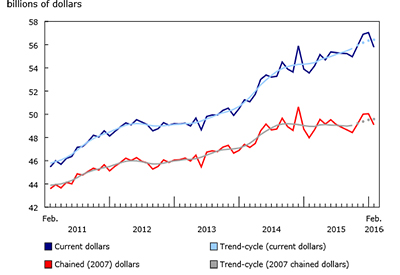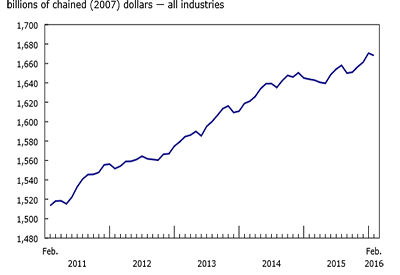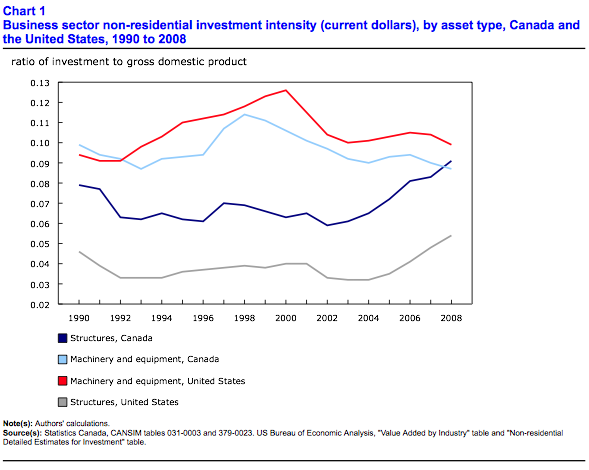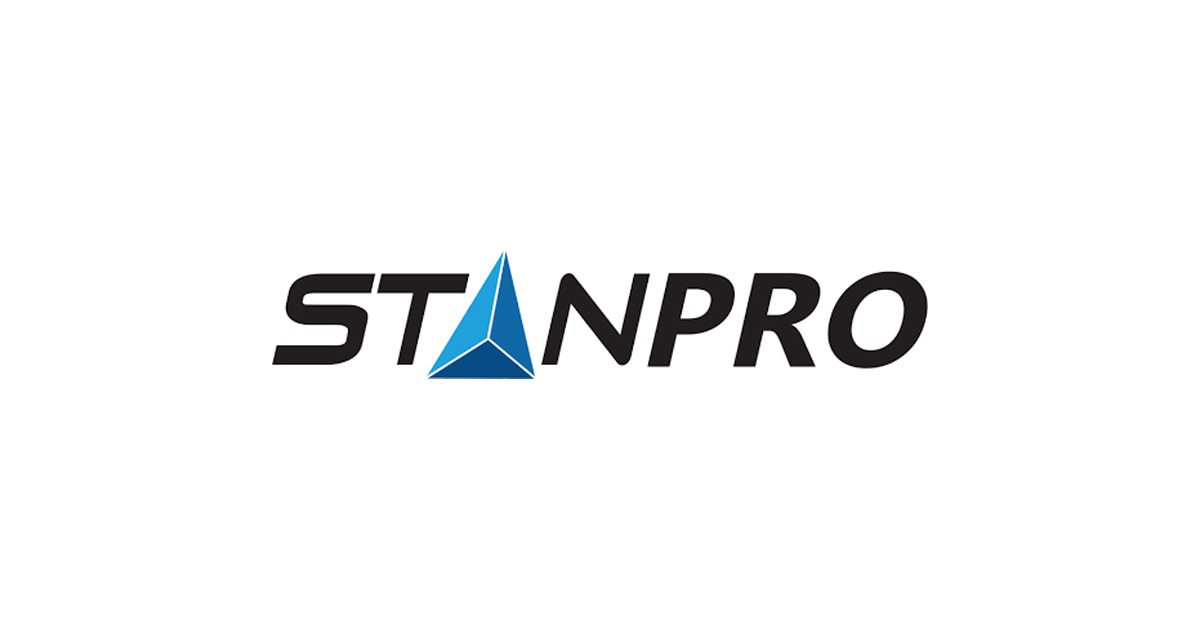Agility is the New Lean: Alexander Defeats the Persians
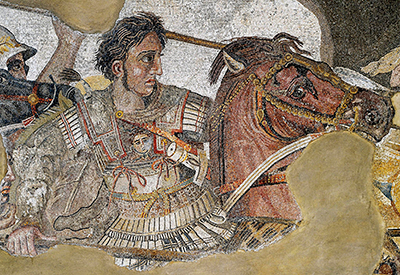
Jan 18 2016
Last month, I wrote about how agility is becoming the new business model over the more traditional lean model.
This doesn’t mean there is anything wrong with producing quality products or services by reducing costs through redefining the process, but in times of change and in times of technological advancements, new organizations are needed to address new competitors and new circumstances.
Image source: https://en.wikipedia.org/wiki/Alexander_the_Great
One of my favourite quotes comes from Mike Marks of Indian River Consulting. Mike has done a lot of work with our members and the distribution industry across North America. He says that market share only changes when the market itself is going up or coming down; it is during those changes that customers rethink their loyalty. Companies that have prepared for the changes are in the best shape to benefit. If your company has built a reputation for having well-stocked inventory and the customer needs an item that her preferred distributor doesn’t have, who will she call first?
Similarly, if the economy undergoes a downturn, those distributors who are prepared to service manufacturers and customers who are also downsized may push through the cycle and come back with a greater share of the market.
History has many examples of agility winning over more traditional methods. Alexander the Great’s invasion of Persia is a perfect example. Before Alexander, Persians had witnessed the superior fighting techniques of the Greeks, both in Greece and in Persia during a civil war where Greek mercenaries helped determine the outcome. Despite the “lessons,” Persians were unable to develop a force as agile as the Greeks.
Spurred on by their success, the Greeks honed their craft over the next 50 years, improving their impenetrable phalanx made up of spears and shields, as well as their foot soldiers, their archery and their cavalry. Nowhere did they practice and build more than in Macedonia, Alexander’s kingdom.
When Alexander crossed over into Persia, the King of Persia met him three fateful times. Each time they took on Alexander, they used the same battle plan, only they added more soldiers (and some mistrained elephants). In business, it would be like competing with a superior product by offering continuing lower prices. Each time Alexander’s foot soldiers, who created a wall of shields and spheres to hold off the Persian advancement, and who were his cavalry companions, known as “dragon’s teeth”, quickly penetrated the Persian line.
Though outnumbered four-to-one at times, Alexander’s well-trained dragon’s teeth were made up of 50 cavalry each. At the front of the tooth was one warrior. Alexander was the lead for his wedge. His job was to break through the enemy line. On either side of him was a horse companions whose sole job was to protect their front leader. Behind them were two more horsemen whose jobs were to protect those in front of him and so on and so forth. One of the safest places to be was at the front, provided you trusted the dedication and ability of the person behind you. The wedges were designed to break the enemy line and go after the King of Persia. Each time the enemy leader was challenged he turned and ran, followed by all his troops.
Alexander ran the army as his lead companion. The Persian King was in total control of his noblemen, his mercenaries and his slaves.
Alexander’s army was better trained, more advanced in weaponry and armour, more democratic in their ability to solve battle issues, more reliant on each other’s skills and ability, had the ability to act collectively as one force, and were all aware of the core objective. This made his army one of the most agile in history. These attributes of agility can help in battle or in business.
Rick McCarten is VP, Operations, Electro-Federation Canada.
Read more in Canadian Electrical Wholesaler by Rick McCarten
Should Distributors Sell Robots?
Agility: Knowing Your Competition
The Big Picture
Could our Industry Lose the Lighting Market?
Adapting to the Future with Young Talent
If Your Customers Can See More, You Might Want to Help Them See Even Further
Health and Sciences Could take a Lesson from the Electrical Industry
Change is About to Hit Our Industry
Challenges of the Digital Age
Agility: The Customer Landscape
Agility is the New Lean: Alexander Defeats the Persians
Agility is the New Lean
The Gap Between “Us” and “Them”
Our Industry Needs to Help Canada Skate to Where the Puck is



